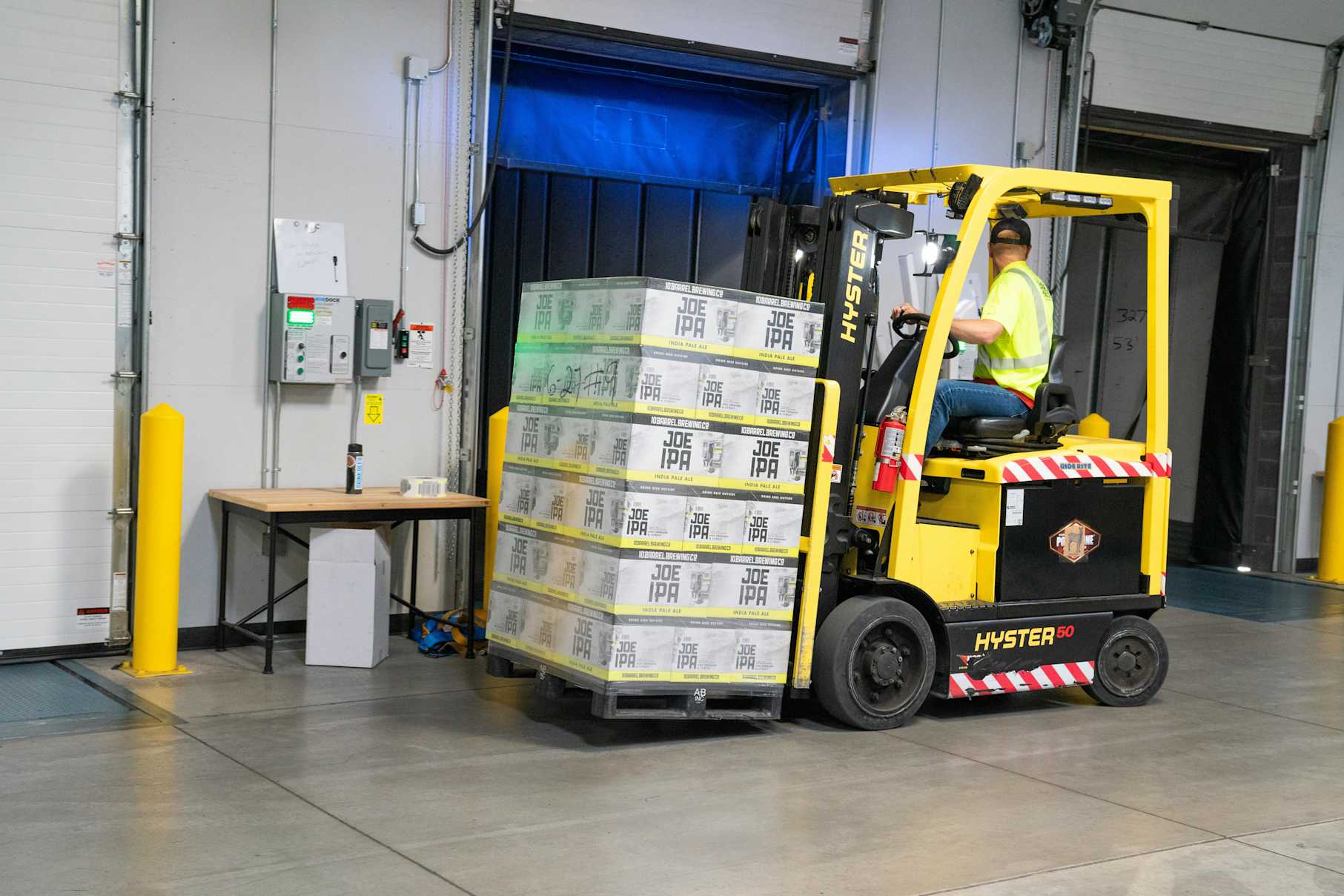Small Business Tips to Minimize Workplace Safety Concerns
ByJulian Gette
Workast publisher

Workast publisher
Operating a small business requires navigating numerous obstacles, and safeguarding employees is paramount. Many small business owners often focus their attention on growth and profitability, but overlooking safety measures can lead to costly consequences.
Fostering a safe work environment protects employees, ensures regulatory compliance, enhances operational efficiency, and minimizes liability risks for businesses.
In this article, we’ll explore key tips that small businesses can implement to minimize workplace safety concerns.
One of the most effective ways to minimize workplace safety concerns is by conducting regular safety audits. These inspections are designed to find and fix any safety problems by checking everything from the work area to the tools and procedures. By proactively identifying risks, small business owners can implement corrective measures before issues escalate into accidents or injuries.
As stated by HSE Network, conducting regular safety audits ensures businesses remain compliant with evolving safety laws and guidelines. This is particularly important in sectors like manufacturing and construction, where regulations are subject to frequent updates. By ensuring compliance, businesses can avoid heavy fines and penalties associated with non-compliance.
To be most effective, audits should be scheduled periodically and conducted by trained personnel who can spot even subtle safety issues. Also, involving employees in the process can help highlight concerns that might otherwise go unnoticed. Keeping detailed records of each audit allows businesses to track improvements and ensure ongoing compliance with safety standards.
Hiring a third-party service for safety audits ensures unbiased, comprehensive assessments, particularly when your business lacks internal safety expertise. However, conducting internal audits with trained staff allows for ongoing monitoring. A combination of both can provide a thorough safety strategy, balancing objectivity and continuous oversight.
According to OSHA, 80-90% of serious workplace injuries are caused by human error. These incidents can often be prevented through proper safety training. This underscores the need for comprehensive employee training, which helps workers identify hazards and take preventive actions, reducing accidents.
Every employee, from top to bottom, should be involved in safety initiatives. This includes training on hazard identification and mitigation. Training should include equipment operation, emergency procedures, ergonomics, and company-specific safety protocols. Regular updates help employees stay ahead of changing regulations and maintain a safe work environment.
Training reduces the likelihood of accidents and empowers employees to act swiftly and appropriately when safety issues arise. By making safety a collective effort, it empowers employees to be more vigilant and proactive. Also, clear communication during training sessions ensures that employees feel comfortable reporting hazards, leading to a safer work environment overall.
As per the NSC, collisions with objects and machinery rank third among workplace fatality causes. Furthermore, they are the second most common reason for employees missing work due to injury. It emphasizes the importance of maintaining proper equipment and protective gear, which is crucial for minimizing such incidents in the workplace.
Poorly maintained equipment can cause accidents and downtime, while a lack of protective gear can raise the risk of injury. Small businesses should frequently check and maintain their equipment, tools, and machinery to make sure they work properly. Also, employees must be provided with industry-specific protective gear, including helmets, gloves, safety glasses, and footwear, based on tasks.
Fire safety is a critical concern for any business, and small businesses must implement robust fire safety protocols to protect employees and property. These safety measures involve equipping the building with fire extinguishers, sprinkler systems, and smoke detectors while also maintaining clear escape paths. Regular fire drills and employee training on emergency response procedures further reduce the risk of fire-related incidents.
For businesses handling flammable materials, Aqueous Film-Forming Foam (AFFF) has been widely used due to its effectiveness in suppressing liquid fuel fires. Yet, worries over the health and environmental risks of AFFF are on the rise. The chemicals in AFFF have been linked to water contamination and long-term health hazards, including various cancers.
As a result, many affected communities and workers have filed lawsuits seeking compensation. The AFFF lawsuit is a legal attempt to make AFFF manufacturers answerable for the health risks associated with their products. This has prompted businesses to explore safer alternatives to traditional firefighting agents.
According to TruLaw, an MDL has been established to handle the growing number of AFFF lawsuits. AFFF MDL 2873 is one such consolidated lawsuit. It is being handled in the US District Court for the District of South Carolina.
To determine the right fire extinguishers for your workplace, assess the specific fire hazards present. Common types include Class A for combustible materials, Class B for flammable liquids, and Class C for electrical fires. Consulting local fire codes and conducting a risk assessment can help ensure appropriate extinguisher selection.
Well-defined emergency procedures are vital for protecting employees and mitigating damage during unexpected incidents like fires, medical emergencies, or natural disasters. Small businesses should develop customized emergency plans that account for the specific hazards they may face. It ensures employees are equipped to act quickly and safely when emergencies arise.
These plans should outline how to evacuate safely, communicate effectively, and gather in designated areas. Regular practice sessions are essential for ensuring employees know what to do and stay calm in real-life emergencies.
Display emergency plans prominently, provide digital copies, and conduct regular training sessions for all employees. Use simple language and visuals for clarity. Regularly review the plans with staff, addressing questions and updating the procedures as needed to reflect changes or new risks.
To prevent accidents and ensure a safe workplace, small businesses must encourage open communication about safety matters. Employees should feel comfortable reporting potential dangers, incidents that almost resulted in accidents, or violations of safety rules without worrying about negative consequences. Regular safety meetings, suggestion boxes, and confidential reporting systems can help employees express their concerns openly.
Management should actively listen to employee feedback, investigate reported issues, and take corrective action when necessary. Open communication helps uncover potential hazards and shows that employee safety is a priority.
Adequate lighting enhances visibility, reducing accident risks and enabling employees to navigate and perform tasks safely. Dim lighting can create tripping hazards, while excessive brightness can be irritating to the eyes and lead to fatigue. Small businesses must ensure well-lit work areas by combining natural and artificial light to create a comfortable and safe environment.
Ventilation is equally important, as it helps maintain air quality and temperature control. Good ventilation prevents the buildup of harmful pollutants, allergens, and excessive heat, contributing to employee comfort and productivity. Employers should regularly inspect HVAC systems and ensure proper airflow throughout the facility.
Minimizing workplace safety concerns is essential for fostering a thriving business environment and meeting regulatory obligations. Prioritizing safety safeguards employees while boosting morale, productivity, and loyalty, all of which contribute to long-term business success.
For small business owners, investing in safety measures is a critical investment in the future. It helps create a resilient organization capable of navigating challenges and fosters a culture of care and responsibility.
